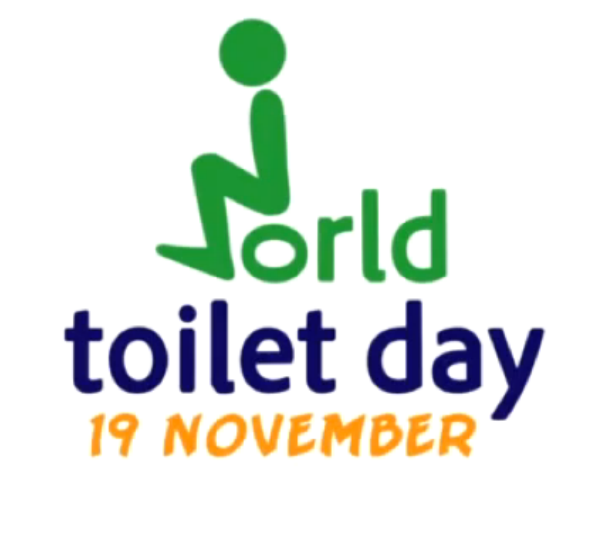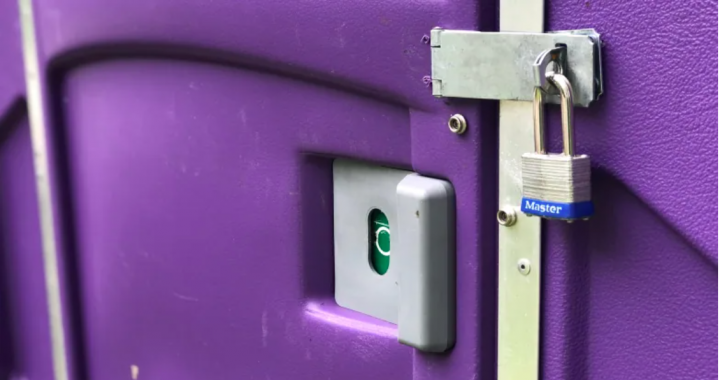The Globe and Mail, July 4, 2020
Marcus Gee
Everyone venturing out in public during the pandemic has to face an urgent question: where will I go if I need to go?
Washrooms in public parks were closed for weeks because of public-health concerns. Coffee shops and restaurants are often either closed or have made their washrooms off limits. The same is true for places such as public libraries and community centres. Going out becomes a matter of careful timing and elaborate planning, all designed to avoid being caught without a toilet.
It is hardly the biggest issue facing the world right now, but it does highlight a problem: In most North American cities, public washrooms are few and far between. When you find one, it can be pretty revolting. The COVID-19 crisis is a chance to fix this annoying gap in our urban infrastructure.
Public washrooms have been around since the clever Romans designed a version with holes in a bench over a channel of running water. They put them in busy public places such as markets and theatres. In Victorian England, public washrooms were palatial affairs with grand entrances, stained-glass windows and marble counters. Paris had its pissoirs, simple urinals surrounded by a barrier to provide a minimum of privacy. Montreal had camilliennes. They were named after its Depression-era mayor, Camillien Houde, who joked that building them would give the city’s jobless residents “two kinds of relief.”
The public washroom went into decline over the past century, especially in North America. Washrooms in gas stations, fast-food joints and parks stood in as a substitute. Half of London’s public toilets have closed, reports Halifax journalist Lezlie Lowe in her 2018 book No Place to Go: How Public Toilets Fail Our Private Needs.
Ms. Lowe and others like her have been trying to bring about a renaissance in the public washroom. A British group, Public Convenience, created The Great British Public Toilet Map and put it online so that people could find a loo in their hour of need. Ottawa has a whole organization, GottaGo!, that campaigns for more “clean, accessible and environmentally responsible public toilets.”
This may be their moment. The COVID-19 crisis has brought home to millions the importance of having a toilet available when they go out. Cities all over are saying they want to transform themselves after the pandemic recedes, becoming less in thrall to the motor vehicle and more open to pedestrians and cyclists. “Public bathrooms are all about mobility. They’re a tool that allows people to move around the city, to stay later and longer, and to go farther,” Ms. Lowe writes. “Planners and committee chairs sound off about the livable, walkable, healthy, age-friendly city. But, somehow, providing a comprehensive network of public bathrooms, in the way cities create spiderwebs of bus routes, parks, and playgrounds, isn’t part of that conversation.” It should be.
An array of new technologies and designs make installing public toilets more practical. APTs, or Automated Public Toilets, power-wash themselves to save on cleaning costs and come with unbreakable mirrors and steel toilets to prevent vandalism. If those are too expensive to install or too prone to breakdown, there are simpler alternatives. Oregon’s low-tech Portland Loo can be installed in two to four hours. Victoria rolled out “peeosks,” essentially garbage pails of urinal height designed to discourage men from urinating on sidewalks. Another easy fix is to ask malls, coffee shops and other places with publicly accessible washrooms just to post signs to show that they are there to be used.
Whichever options cities choose, the need is clear. City governments everywhere are thinking about how to adapt themselves to an aging population. Good public washrooms are part of the answer. They are trying to cope with a struggling population of homeless people. Good public washrooms would help there, too. They are trying to be more open, more humane, easier to navigate. Good public washrooms help give residents and visitors alike the sense that they are welcome.
If the Romans knew that public toilets were an essential part of urban civilization, why don’t we?



